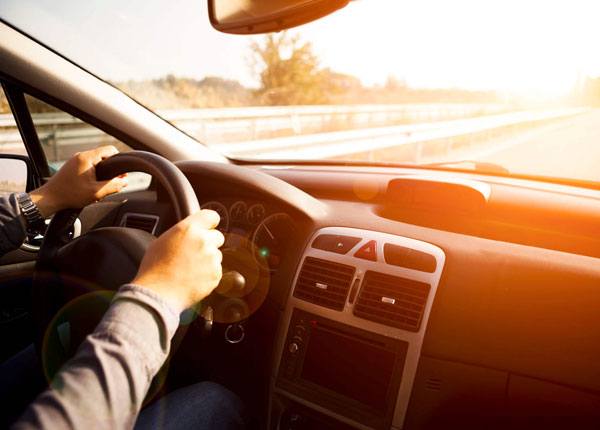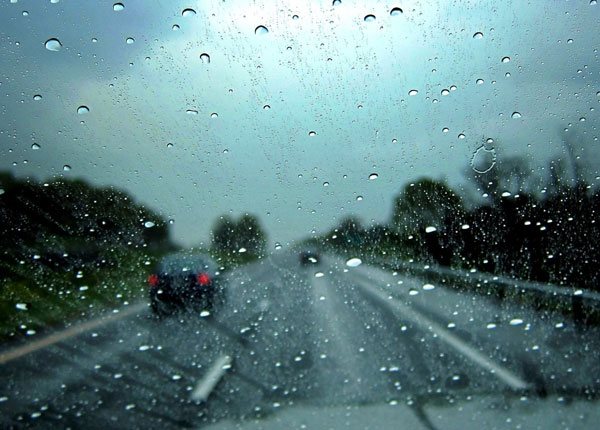
Avoiding, Reducing & Blocking Low Sun Glare: Morning & Evening Driving
Updated Nov. 16, 2020Drivers are most susceptible to sun glare in the morning and late afternoon, when the sun is lowest in the sky. Sun glare is incredibly dangerous as it can impair vision and in extreme cases, cause momentary blindness. Less severe sun glare can distort road signs and traffic signals, leading drivers to make potentially devastating mistakes.
Understanding what causes sun glare and when it may occur will help you prevent and avoid it. You must also know how to react when strong sun glare takes you by surprise.
Causes of sun glare
When the sun is low on the horizon, direct sunlight can create a powerful glare on the reflective surface of your windshield. The relatively low position of the sun during spring and fall makes these seasons the worst for sun glare-related accidents. Moisture and particle accumulation on both sides of your windshield can reflect and refract light, worsening the effect of sun glare.
Preventing sun glare
Keeping your windshield clean is the surest way to prevent sun glare. Your state driver’s handbook will probably tell you as much in the “hazardous conditions” section. Be sure to refer to the handbook for other useful information on dealing with glare. Also, check out our glare-prevention tips listed here:
- 1

Keep both sides of your windscreen clean.
This will also reduce everyday eye-strain. Drivers often forget the inside of the windshield as it does not appear to get dirty as quickly as the outside. In fact, microscopic dust particles will accumulate here, attracting water vapor and giving the glass a foggy appearance. - 2

Tiny scratches caused by windscreen wipers and debris from the road can worsen sun glare.
Try to keep your wipers and windscreen clear at all times and do not run the wipers when your windshield is dry.
Driving with sun glare
No matter how hard you try to prevent it, there will be times during your life as a driver when sun glare is unavoidable. As soon as the sun glare occurs, you should increase your following distance to account for the poor visibility. Do this even if the glare does not seem too severe, as it could worsen suddenly.
Adjust your sun visor to shield your eyes from the glare without cutting off your view of the road ahead. It is a good idea to keep a pair of dark sunglasses in the glove compartment of your car. Wear them as a precautionary measure on particularly bright days and on occasions when you are likely to encounter glare.
If sun glare makes it difficult to see road signs, markings or the road ahead, you must pull over as soon as it is safe to do so. Once your vehicle has stopped safely, you can wait for the glare to subside or consider taking a different route to your destination.
Other drivers on the road
If you are having trouble seeing the road ahead due to sun glare, it is likely that other drivers around you who are traveling in the same direction are also having trouble. Keep in mind that the driver immediately behind you may not be able to see your indicators, brake lights, or your vehicle particularly clearly. Avoid making any sudden maneuvers as this could easily cause a collision. If you must reduce your speed or pull over, do so in a controlled manner and with caution.




